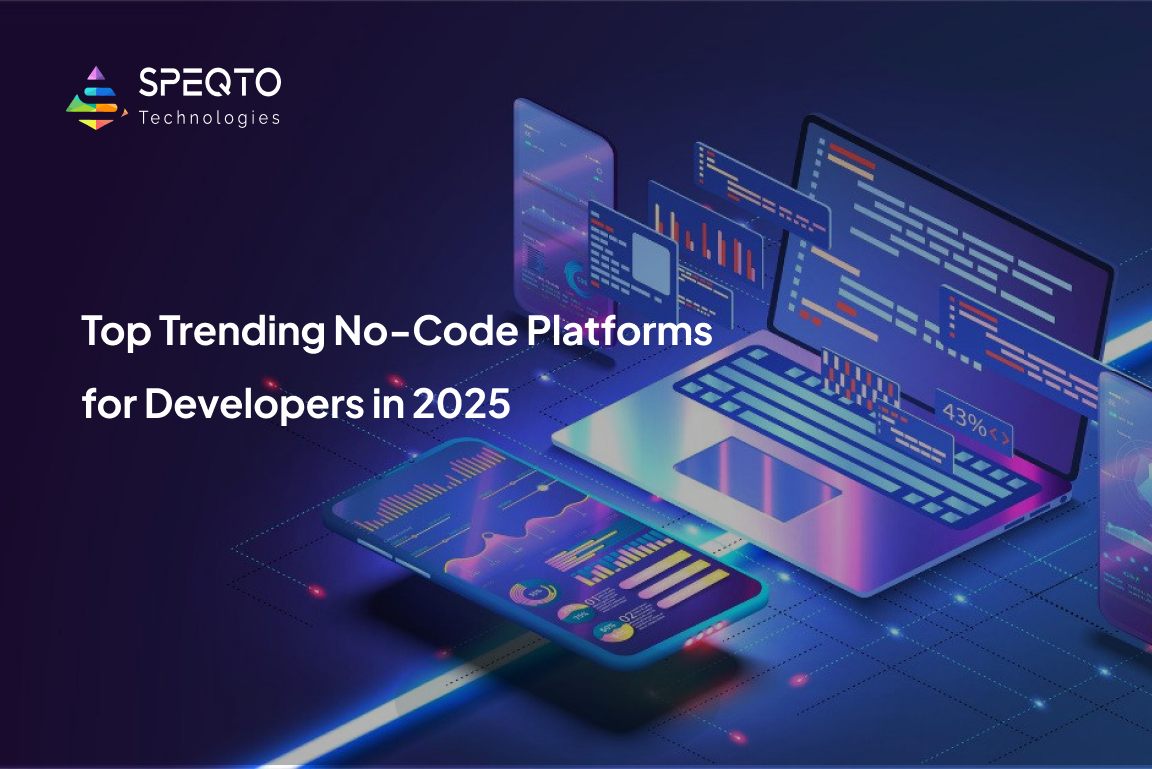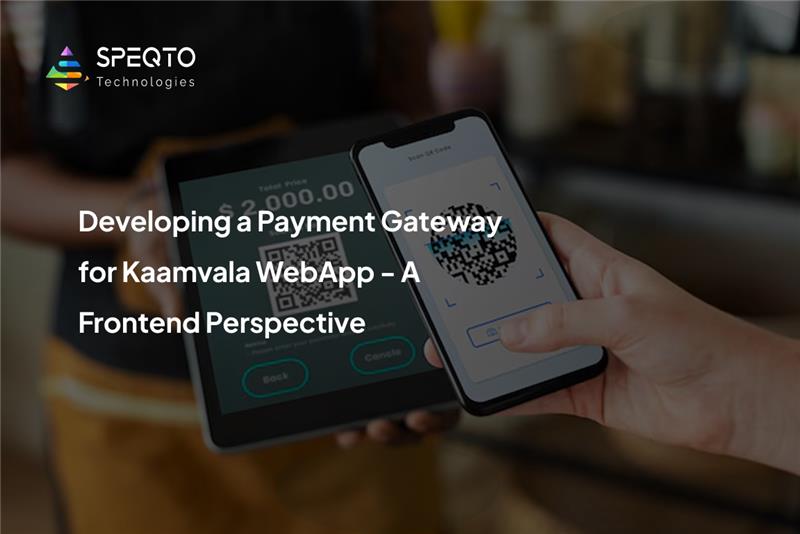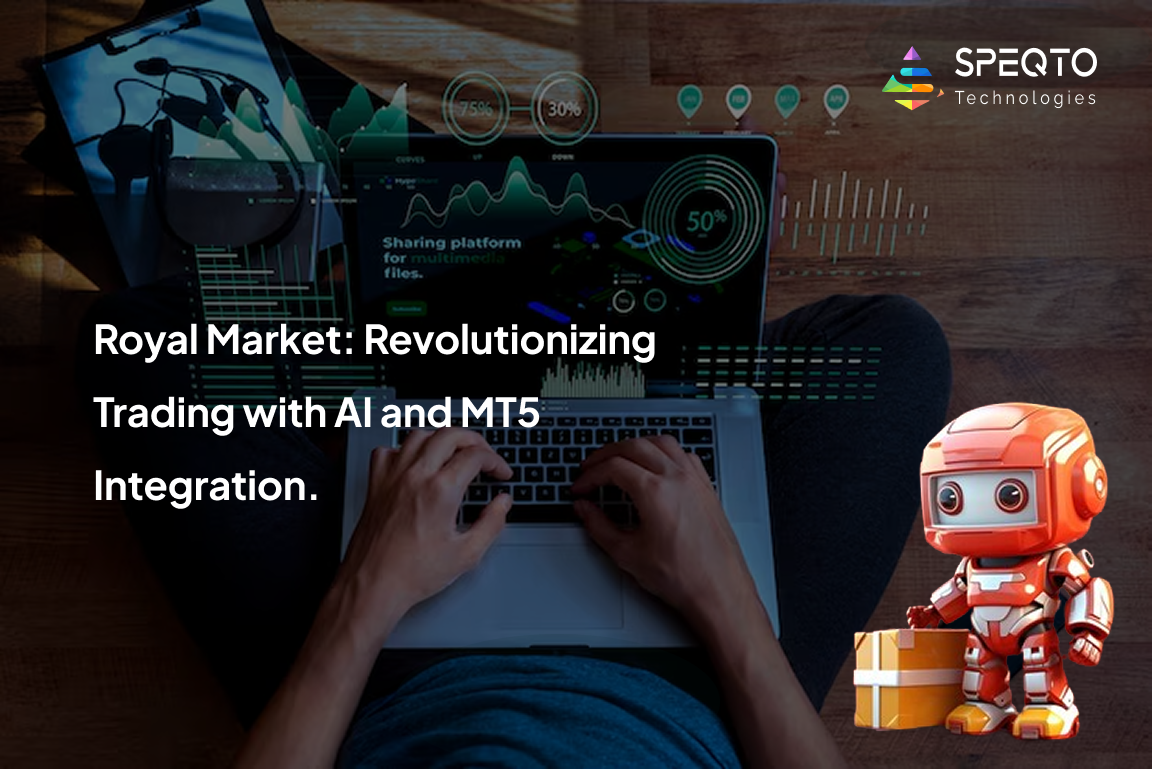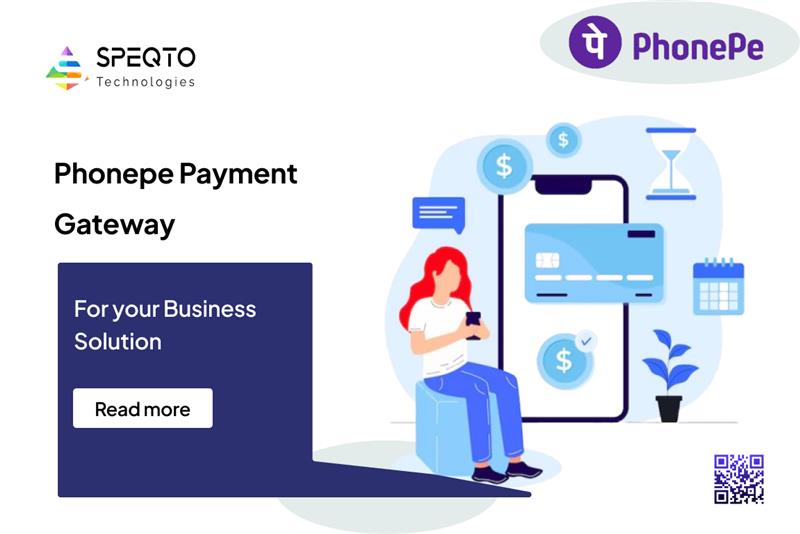
How to Reduce Time-to-Hire Without Sacrificing Quality
How to Reduce Time-to-Hire Without Sacrificing Quality Khushi Kaushik 28 July, 2025 In today’s hyper-competitive talent market, speed matters. The best candidates are often off the market within 10 days, yet the average time-to-hire across industries can exceed 30 days. Delays in hiring not only cost money but can also affect team productivity, morale, and […]

.webp)




